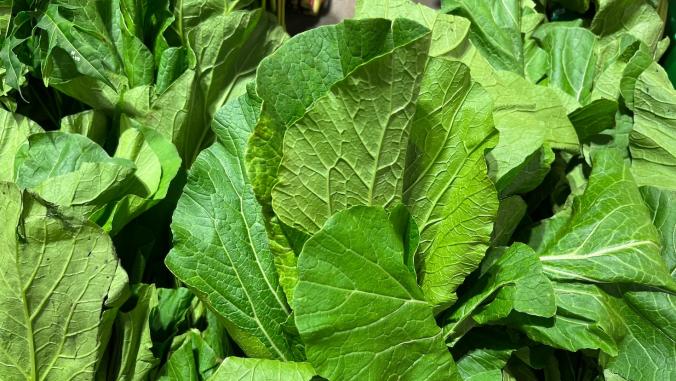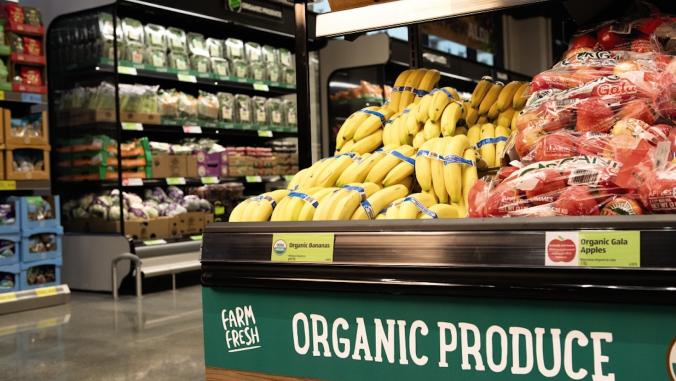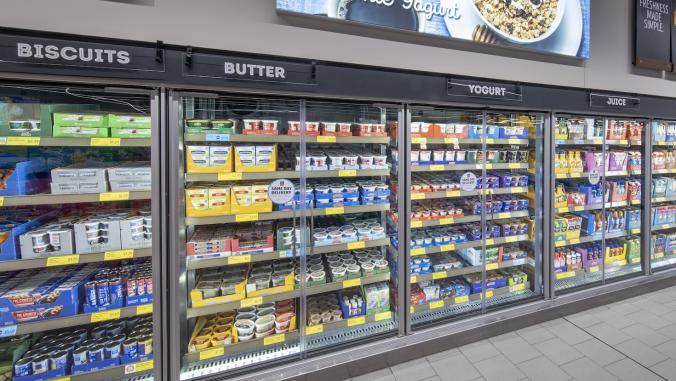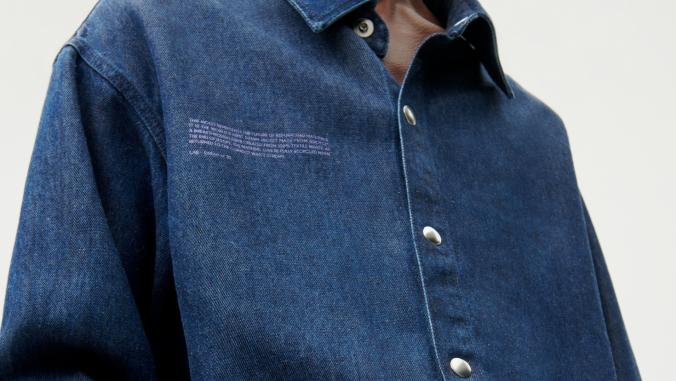Getting to sustainable plastics will be a story of cooperation. Cooperation between four groups of stakeholders that are used to working together but have different goals and incentives: plastic resin producers such as SABIC; companies that turn the resin into bottles, containers and other plastic products; consumer brands such as Tupperware; and waste collection organizations.
This chapter of the sustainable plastics story starts with Tupperware. Tupperware storage products have long helped people reduce food waste and single-use plastic. Beyond simple air-tight containers, its research and development team works to create products intended to extend the life of the food in your fridge. For example, CheeSmart helps preserve moisture in cheese, while FridgeSmart’s vent system controls airflow for longer produce storage.
"It's a holistic approach that we try to embrace all the way from when we design a product to how we produce a product and how we instruct people to use it," said Tupperware COO Bill Wright. "We are trying to make it have a bigger impact on people's lives and on the environment itself."
Tupperware’s sustainability initiative, No Time To Waste, commits to significantly reducing plastic and food waste by 2025. Through this effort, the company is investing in new materials such as circular polymers made from mixed plastic waste; a bid to eliminate single-use plastic packaging with the hopes of zero waste to landfills; reducing energy and water usage; and recycling 90 percent of its returned products. From a corporate social responsibility standpoint, the company supplies World Central Kitchen with products so that during disaster relief efforts, the nonprofit doesn’t need to rely on single-use plastics that usually end up in a landfill or the ocean.
You have to kind of have to leap off that cliff when you're making the commitment That’s what we’ve done.
"You have to kind of have to leap off that cliff when you're making the commitment," Wright said. "That’s what we’ve done."
In the supply chain that makes up the plastic industry, Tupperware is the face to consumers. It’s the one that has to cultivate a brand and market to an audience. It’s also the one that feels pressure from buyers to be more sustainable. As brands push for more sustainability to attract the more conscious consumer, their behind-the-scenes partners start to feel the heat.
Tupperware's partnership with SABIC to leverage its new circular polymer resin is an example of this downstream cooperation. SABIC isn’t a household name, so it doesn't have any consumer pressure to become more sustainable. In fact, even SABIC’s direct customers, the product manufactory facilities, aren’t demanding it. That push is coming from consumer brands such as Tupperware.
Taking that cue from its customers, SABIC decided there was a market for a more expensive plastic that is more sustainable. It created a circular polymer plastic resin by taking mixed plastic waste destined for the landfill and breaking it down, using a chemical process, to a virgin state. The circular polymer resin is then sent to the facilities that create new high-quality products, something traditional mechanical plastic recycling processes can’t recreate. Currently, Tupperware sells two products made out of the circular polymer material, a straw and a to-go coffee cup.
"Because there’s a limited amount of these resins available at this moment, we are asking where we can make the biggest impact," Wright said. "And it’s on these reusable products that are typically single-use. This is where we feel we can make a bigger impact, faster."
SABIC has its own sustainability goals, including using technologies that lower its carbon footprint, improving yield and energy efficiency and most importantly, focusing around developing resins with higher recycled content.
But to create resins and products with a higher percentage of recycled content, it will need to collect more plastic waste, a logistical challenge that has limited the evolution of recycling for decades. Solving the collection challenge in a way that makes economic sense to all stakeholders is the final link in a cooperation coalition that could make or break the future of the plastics industry.
According to Bob Maughon, CTO and CSO of SABIC, the company can’t directly address the collection and supply of plastic waste. Only through partnerships can it ensure it has the waste inputs it needs to achieve its sustainability goals and to expand its production capacity.
"We’re fully sold out on the [circular polymer] material that we have,” Maughon said. "The next facility that we’re building is already fully committed as well."
For now, SABIC works with waste collectors to ensure it gets the right amount of the right material, at the right cost to do the conversion.
We’re fully sold out on the [circular polymer] material that we have.
Tupperware is starting to get into the waste collection game by developing an online warranty program to interact directly with customers and increase the percent of products that are returned to Tupperware. The goal is a 90 percent return rate without relying on independent collectors.
Rubbermaid, a Tupperware competitor, is also getting into direct recycling. Its new Food Storage Recycling Program is a partnership with TerraCycle to recover old glass and plastic food storage containers at no cost to customers.
But these types of products last a long time. Wright noted that food containers are sometimes passed down through generations.
The hope is a focus on waste collection by name brands could help boost the recycling percentages. According to the U.S. Environmental Protection Agency, the recycling rate of plastic was just over 8 percent in 2017. PET bottles have better recycling metrics, with almost 30 percent heading to recycling centers, but most plastic still ends up in landfills.
Plastic circularity, especially waste collection, is both a business and a technical challenge. If Tupperware and SABIC want their circular polymers to change the plastic industry, then waste collection is the next chapter in the story that needs investment, innovation and cooperation.
"We are at the right spot to make it work," Maughon said. "The momentum is clearly there with the brands. The demand for the products from the consumers is there. That will justify the investment that we’re making today."






